Wisconsin's wild rice harvest and threats of climate change
The cultivation of wild rice — manoomin in Ojibwe — has diminished in scale over centuries across northern Wisconsin, and faces further decline from warmer winters, extreme weather and other threats.
By Nathan Denzin | Here & Now
September 29, 2023
“Hopefully in my lifetime, you know that I’ll see it come back — hope my grandchildren, my children will have that,” said Joe Graveen, who is a wild rice technician with the Lac du Flambeau Band of Lake Superior Chippewa.
As the leaves start to change, and summer drifts into fall, native people in northern Wisconsin have one thing on their mind: wild rice.
But due to climate change and other human causes, wild rice is becoming less abundant.
“They used to have close to 75 bodies of water that used to have wild rice on it. Now we only got two rivers,” Graveen said.
Wild rice, or manoomin in Ojibwe, grows in shallow streams and lakes across the Great Lakes region. Manoomin is extremely nutritious, delicious, and fundamental to how native people in this area live.
Records dating back to 1850 show over 225 acres of wild rice in the Lac du Flambeau area, but in 2023 that number is closer to 100.
Graveen said manoomin is the reason Native people migrated to the region.
“A lot of prophecies told us, to go — well, where the food grows on the water, which is well, manoomin — wild rice,” he said.
That was over 2,500 years ago, and Native people have been harvesting wild rice ever since.
Before ricers can knock, roast and thrash the seed, environmental factors have to be just right year-round for the seed to grow.
“It also needs harsh winters or cold winters with thicker lake ice,” said Maddy Nyblade, a Ph.D. student at the University of Minnesota who works with Graveen and the tribe to study wild rice and why it might be disappearing.
She said winter is when manoomin faces its first challenge.
“We are seeing less snow, less lake ice duration, and both of those have a negative impact on rice,” Nyblade explained.
Wild rice needs a long lasting freeze that turns over nutrients on the lake bed. Recent shorter winters means that doesn’t happen as much.
After winter, wild rice needs shallow water to germinate. However dams, culverts and other interventions over the last two centuries have raised water levels too high for the plant to grow.
“I have documents that shows the United States’ government flooded hundreds and hundreds of acres of wild rice, not even 12 miles from here,” noted Graveen.
By August or September, if wild rice is able to survive, it’s ready to be harvested. That’s when people like Greg Biskakone Johnson and his partner Alexandria Sulainis head out in a canoe to knock.
“Being Ojibwe, you should probably either use it, eat it, harvest it or share it,” Johnson said.
“When it’s time to harvest manoomin, everything stops and we go out ricing,” said Sulainis.
Johnson is an artist and cultural educator in Lac du Flambeau who has been ricing for most of his life. Sulainis is the owner of Adaawe Design Collective, and is originally from a tribe in Michigan, where rice beds have all but disappeared.
On one end of the canoe, Johnson pushes the pair through delicate rice beds with a large pole, careful not to accidentally destroy any stalks.
Manoomin needs a very particular environment to thrive, and Johnson said the wake from motor boats can have a huge impact, and destroy acres of rice.
Wakes can be large enough to shake rice off the stalks, or churn up lake beds and stop the rice from growing in the first place.
“That means less food for me and my family and my tribe,” said Johnson.
“It’s a shame to see things in decline and to see them in decline for such selfish reasons,” Sulainis said.
The plant faces dozens of other threats, including invasive species, water pollution and severe storms.
“Because it’s impacted by so many different factors, it can show us what’s happening and be a signpost of our environment,” Nyblade explained.
“When you mess with the natural way of things, there’s always going to be consequences that you can’t predict,” noted Sulainis.
“It’s only going to progressively get worse and worse, you know. And so our children and our grandchildren are going to inherit our mess, our mess that we made here,” Johnson added.
Graveen says for the last few years, he has been working with the Wisconsin Department of Natural Resources and the U.S. Fish and Wildlife service to secure protections for manoomin, which would at least insulate it from boats and dams.
“You can’t sit back and not say nothing, because that’s how important it is,” Graveen said. “That’s how important it is, you know?”
Until meaningful climate action or other interventions are put in place, manoomin is likely to continue its decline.
“We just have to tell our children — that’s not how it should be in the future,” said Johnson. “You guys deserve better.”
 Passport
Passport




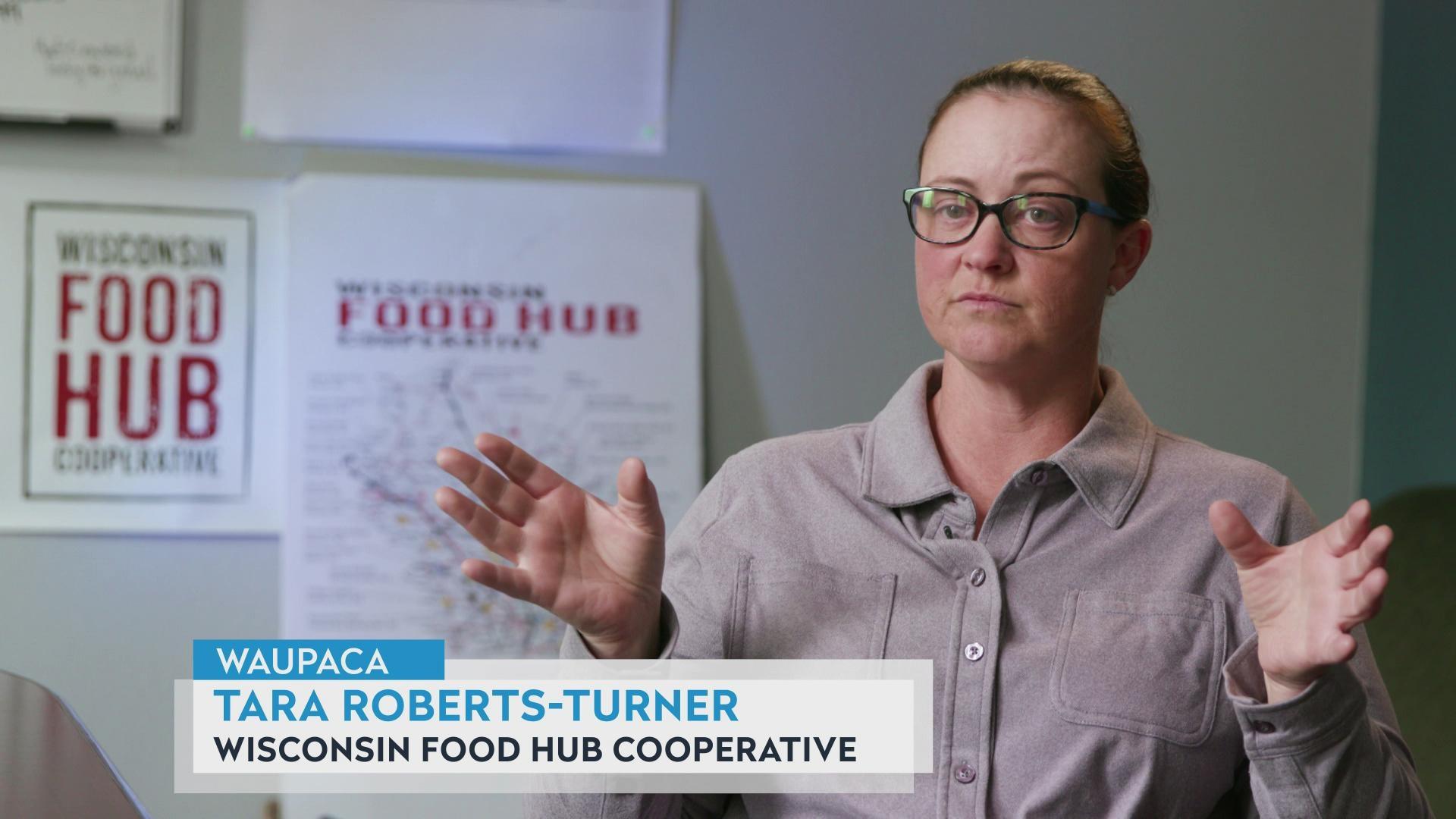
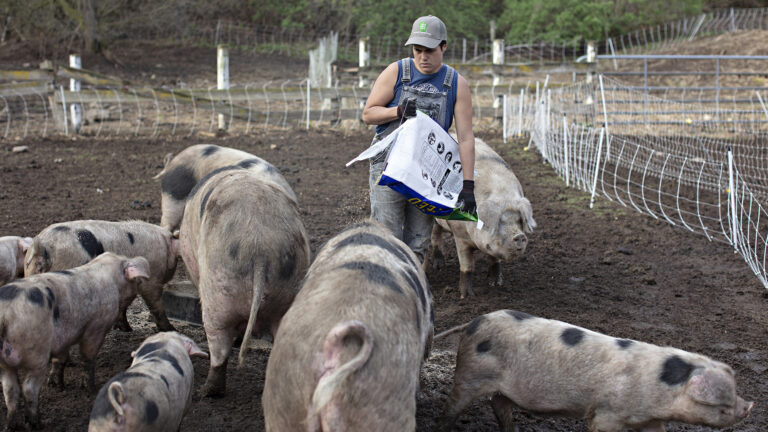
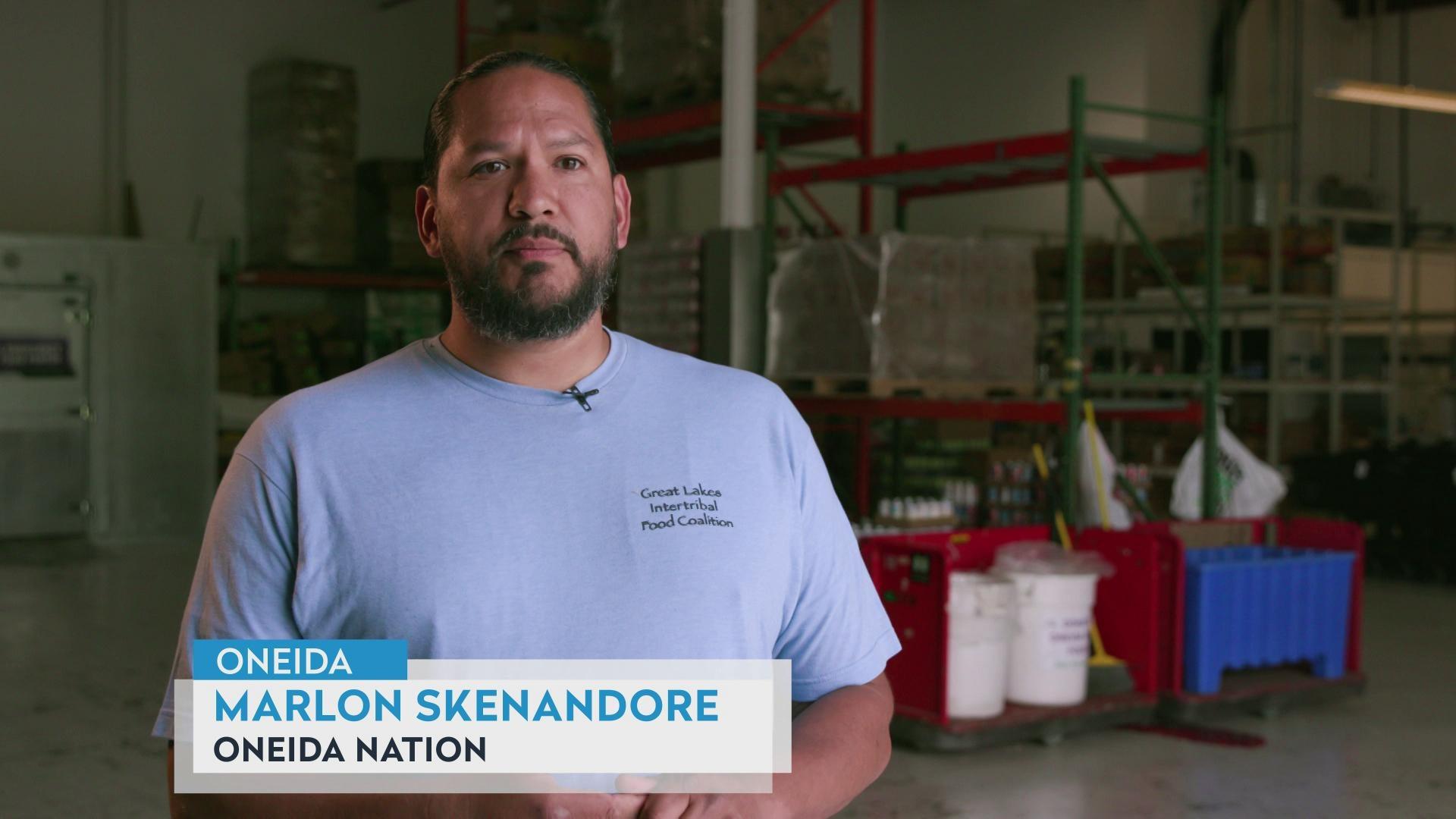
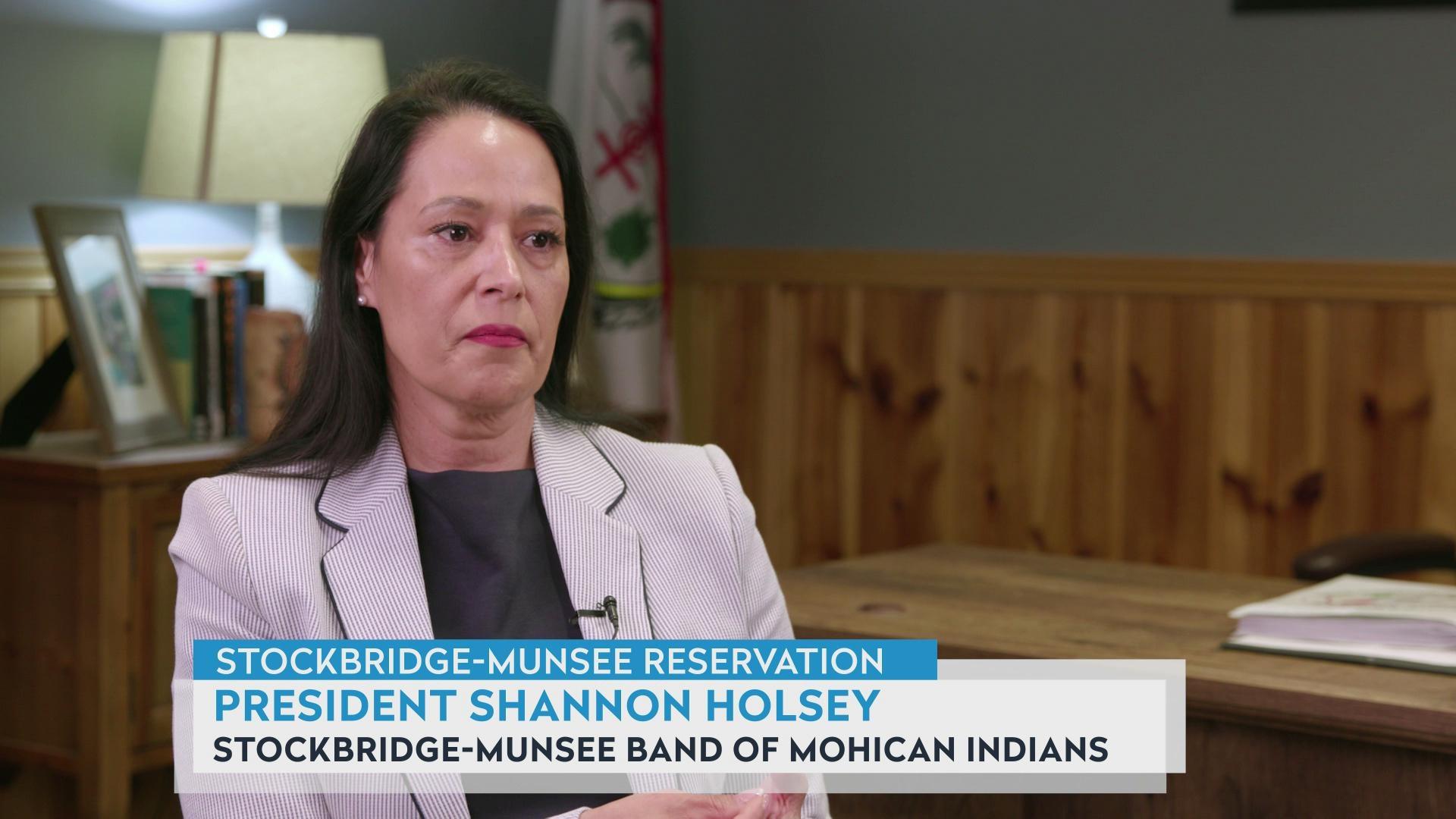
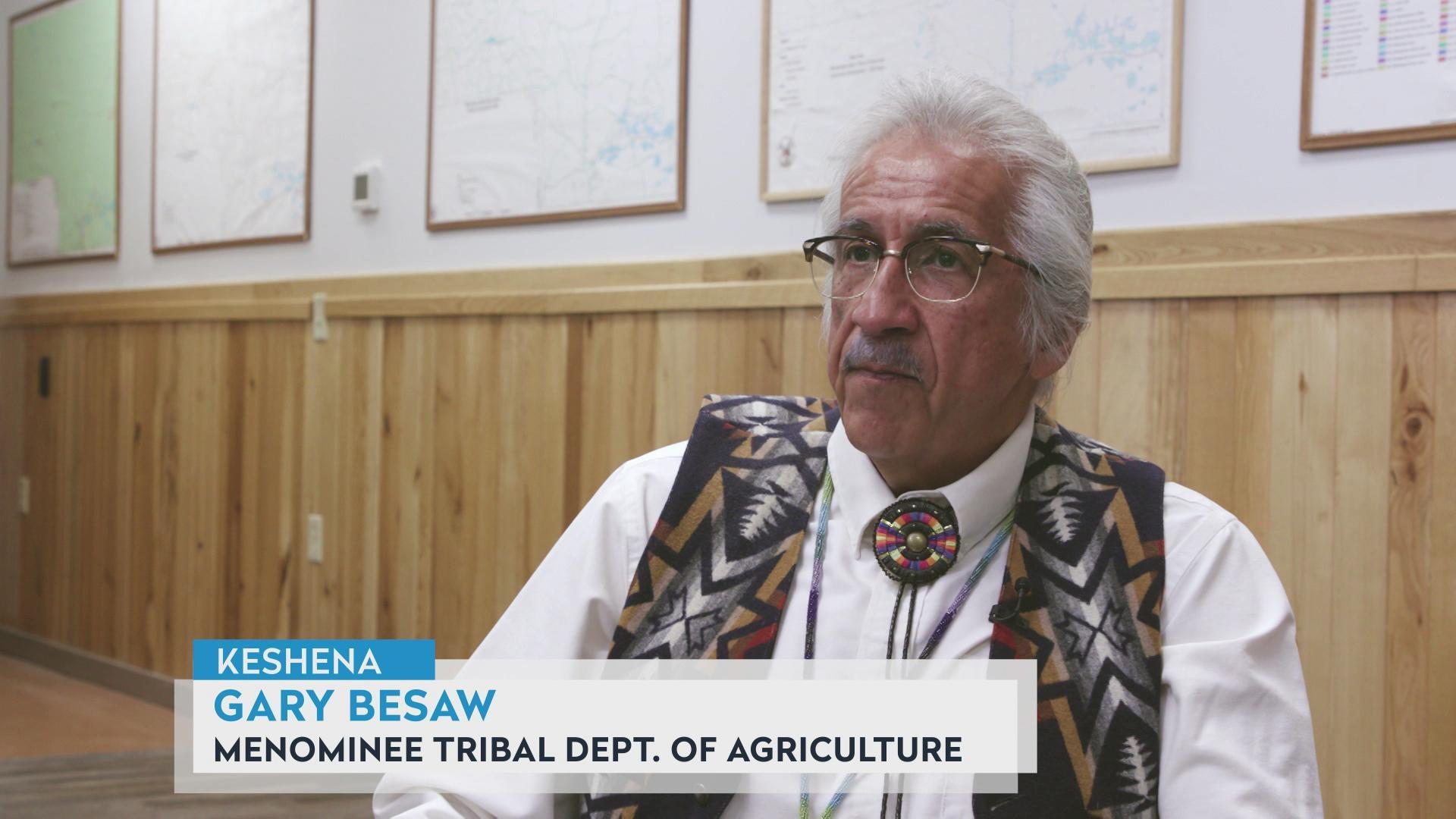
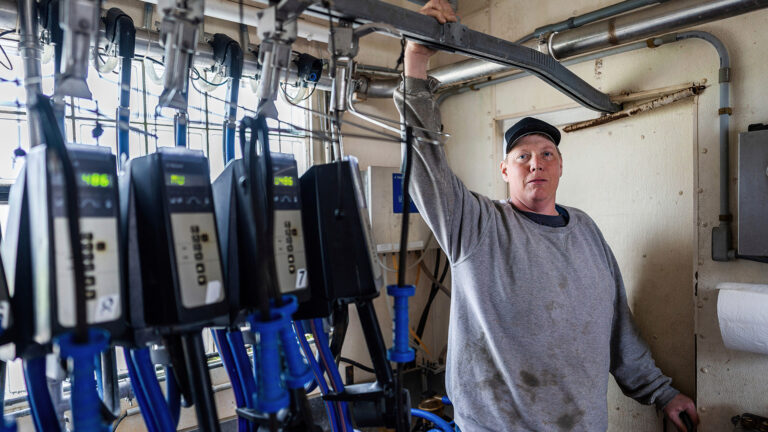

Follow Us